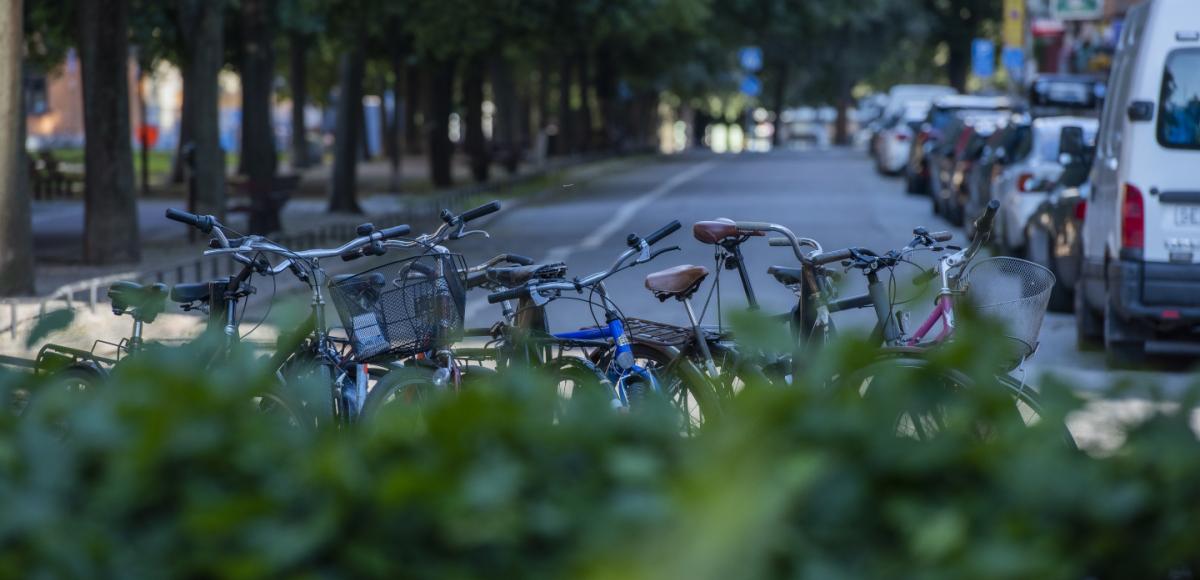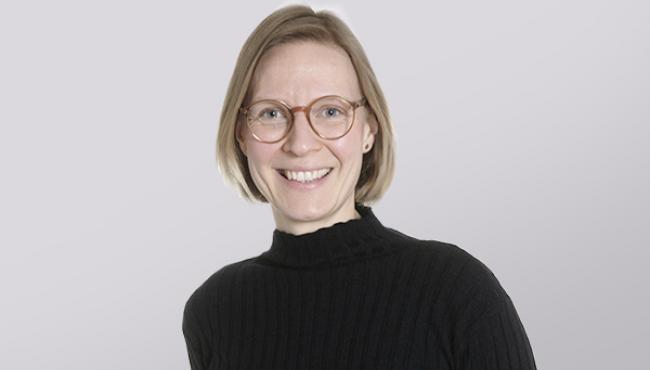
Increasing children’s safety on public transport: the Swedish case
Future Cities Insight #24 - Increasing children’s safety on public transport: the Swedish case
A safe and attractive public transport system is one of the means of achieving the 2030 Agenda for Sustainable Development. Shared transportation reduces carbon dioxide emissions while increasing accessibility. For public transport to be attractive and accessible, it is necessary that it is safe for everyone who travels on it. However, that is not always the case in Sweden. Today, the majority of all children under the age of four – unlike other travellers – travel without a seat belt on long-distance buses and coaches. Young children’s bodies are yet not fully grown and thus more fragile than those of adults, which means that the consequences are far more serious in the event of a collision.
How can it be that those whose bodies are most fragile are the ones who are least protected when travelling by long-distance buses and coaches in Sweden? In a study funded by the Swedish Transport Administration's Personalised Number Plate Fund, AFRY has investigated how to increase gender equality in the transport system by also guaranteeing the safety of young children on coaches. The Swedish Transport Administration allocates funds to various projects through Skyltfonden – the Personalised Number Plate Fund. The funding derives from the fee of having a customised number plate in Sweden, and the ambition is to support good ideas that can improve road safety.

Sweden – a pioneer in road safety
Historically, Sweden has been a pioneer in the fields of traffic and child safety and has among the lowest number of traffic accidents in the world. Riding a coach is one of the safest modes of transport, but in the accidents that occur, the consequences can be catastrophic, especially if the passengers are unrestrained.
Even though technical equipment is available today, there are no rules and laws ensuring the safety of young children (aged 0-3) on long-distance buses and coaches in Sweden.
As part of the study, AFRY has interviewed various stakeholders, including politicians, public transport authorities, vehicle manufacturers and public transport operators, on their views on the issue of young children's safety on coaches. We have also taken a closer look at the work of two regions in introducing road safety-enhancing equipment in their public transport.
Procurement is key
It is clear that there are several different answers to how the issue of safe children on long-distance buses and coaches should be solved. To a large extent, it is a matter of different costs being set against each other, where the issue of safety in public transport competes with issues of frequency, presence in rural areas and other investments.
In our study, we identified both opportunities and obstacles concerning the level of knowledge among organisations concerned with public transport, unclear political goals linked to traffic safety and accessibility, and the possibility of introducing seat belt legislation even for toddlers. There is a need for increased public awareness of this issue in order to create a demand for safety solutions for children on coaches.
Our conclusion is that one of the best ways to ensure the safety of young children is to introduce stricter safety demands in public procurement. A technical solution ensuring children's safety as part of the standard equipment on long-distance buses and coaches in the Swedish public transport system could solve the issue.
Ensuring children’s safe travel on long-distance buses and coaches is a necessary step in the transition to an equal and sustainable transport system.
Erik Malmström, Traffic Planner
Hannah Wadman, Urban Planner



